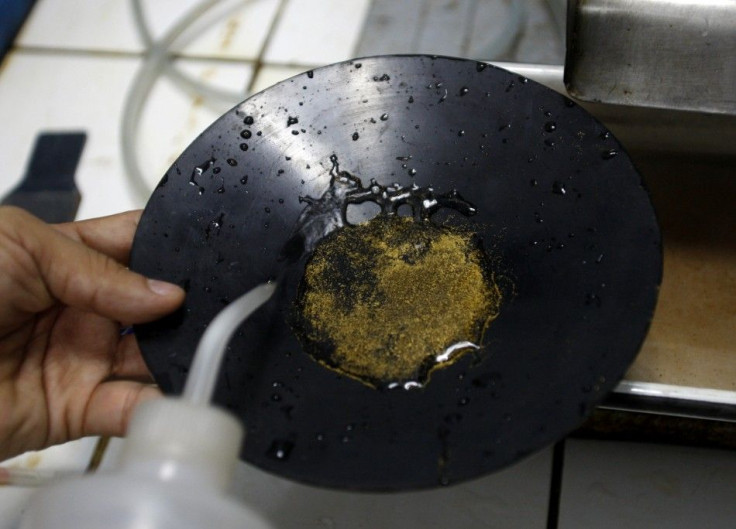Gold Mining a Big Positive to Peru Economy, Says Global Trade Group Report
Study Looks at Data Since 1999, Finds 'Resource Curse' Theory Not Backed Up by Data

Gold mining has been a boon --not a curse -- to the Peruvian national economy over the past decade, helping lift specific mining communities out of poverty, a report released Friday by the gold-mining industry group World Gold Council, said.
The study, which focused on the quantitive contributions to the economy made by the gold mining sector in general as well as specific economic developments within the communities where four large mines operated, focused mainly on data since 1999.
Among other highlights, the paper found the boom period in Peruvian gold mining over the past decade coincided with one of relatively strong national growth, increasing foreign direct investment, rising exports and declining inflation.
In a particularly encouraging data point, the report found that while the percentage of total government revenue that the gold mining industry represented was high (peaking at 25 percent in 2007), gold’s slice of the overall tax base was being overshadowed by growth in other areas. The situation was good because it represents diversification of the larger economy and more sustainable development. Along with data showing a rise in the country’s development index and a weak correlation between the growth of the mining GDP and the growth of the overall GDP, the study seems to challenge much-debated beliefs about Peru experiencing a gold-fueled “resource curse.”
The “curse” theory, widely debated in opposition to the neo-liberal economic policies of the late 1990s and 2000s, posits exploitation of a resource-rich country by foreign multinationals promotes government corruption, sparks inflation, overwhelmingly benefits foreign workers, takes away incentives for diversifying the economy, ravages the environment and, when the resources runs out, leaves the country in worse shape than it was before. The report issued Friday addresses nearly all these points, showing evidence almost none of those negative effects has been evident over the past ten years.
Government corruption, which the paper indirectly acknowledges is an issue at the local level, is the exception. The report does not address environmental concerns.
These findings seem to track a February 2010 background paper by the New York-based Council on Foreign Relations, which found that Peru seems to be avoiding some of the biggest pitfalls other resource-rich countries had faced in the past.
Interestingly, the study focuses on the four largest mines in the country, noting how it expects economic activity at those locations to decline slowly over the next three years, before plummeting sharply beginning in 2014.
It is not the first white paper released by the World Gold Council on a similar topic. In 2009, the trade group presented a similar report analyzing 40 years of economic data related to gold mining in Tanzania.
© Copyright IBTimes 2024. All rights reserved.





















